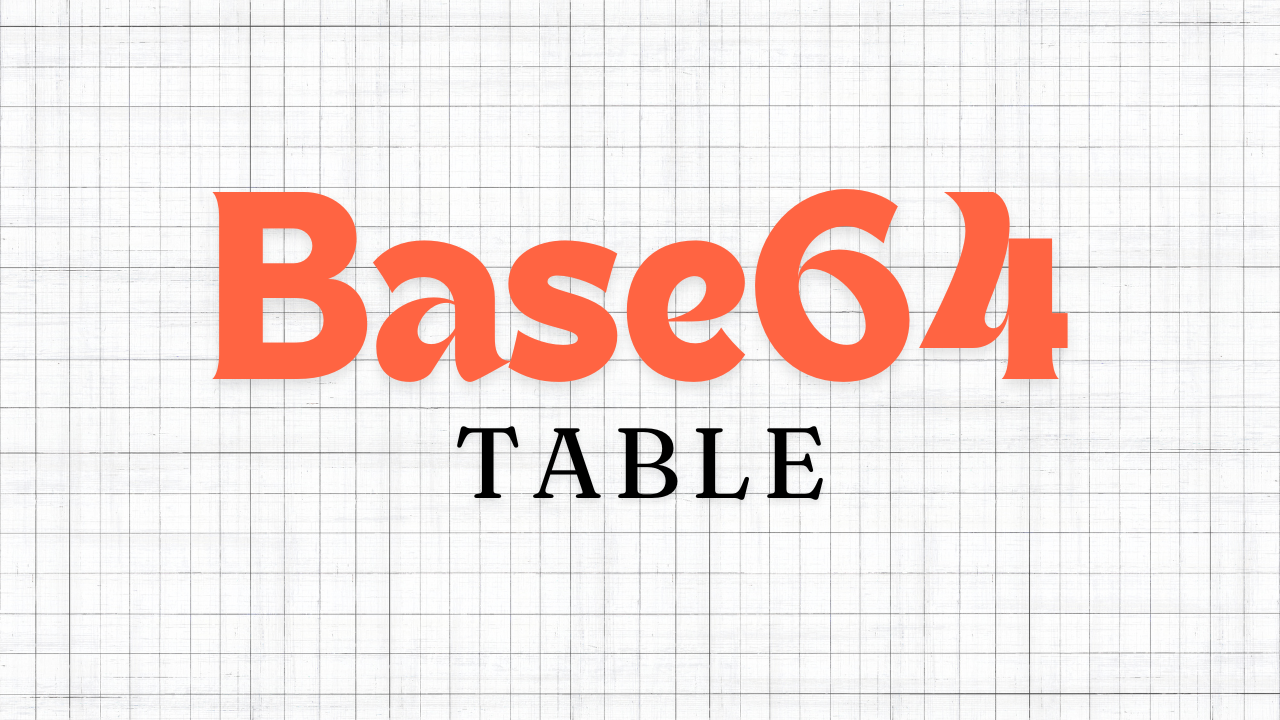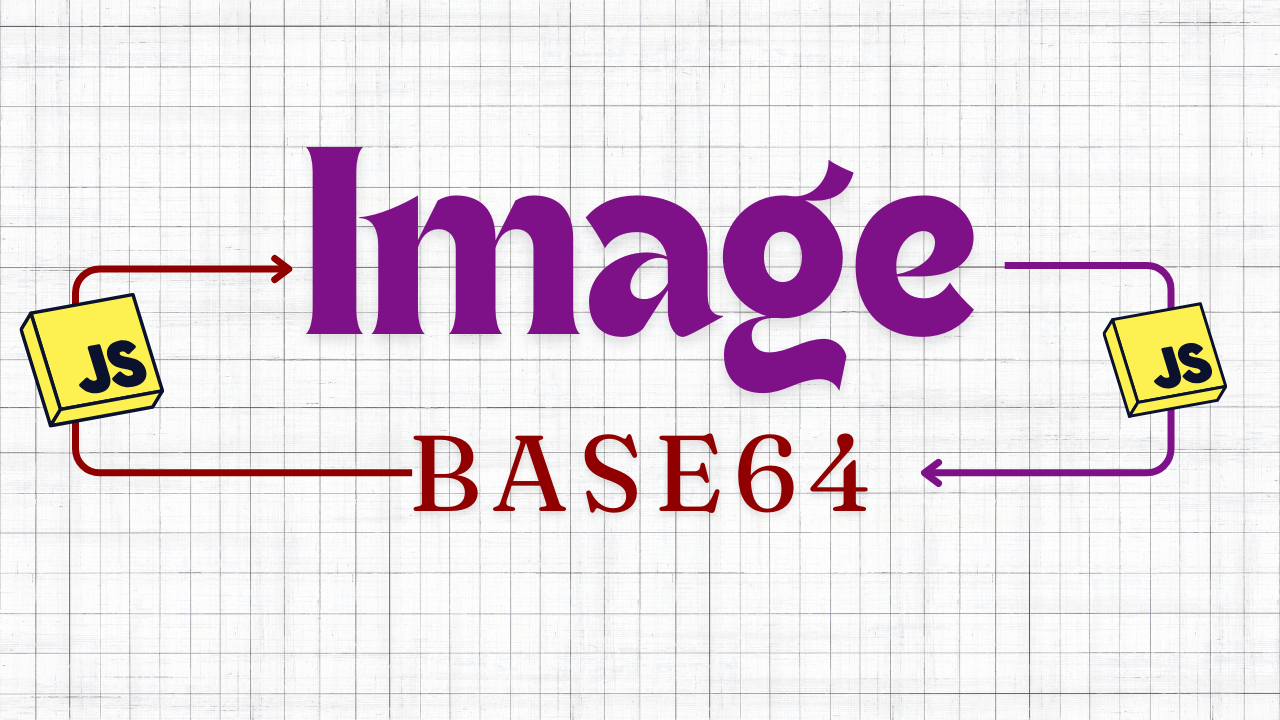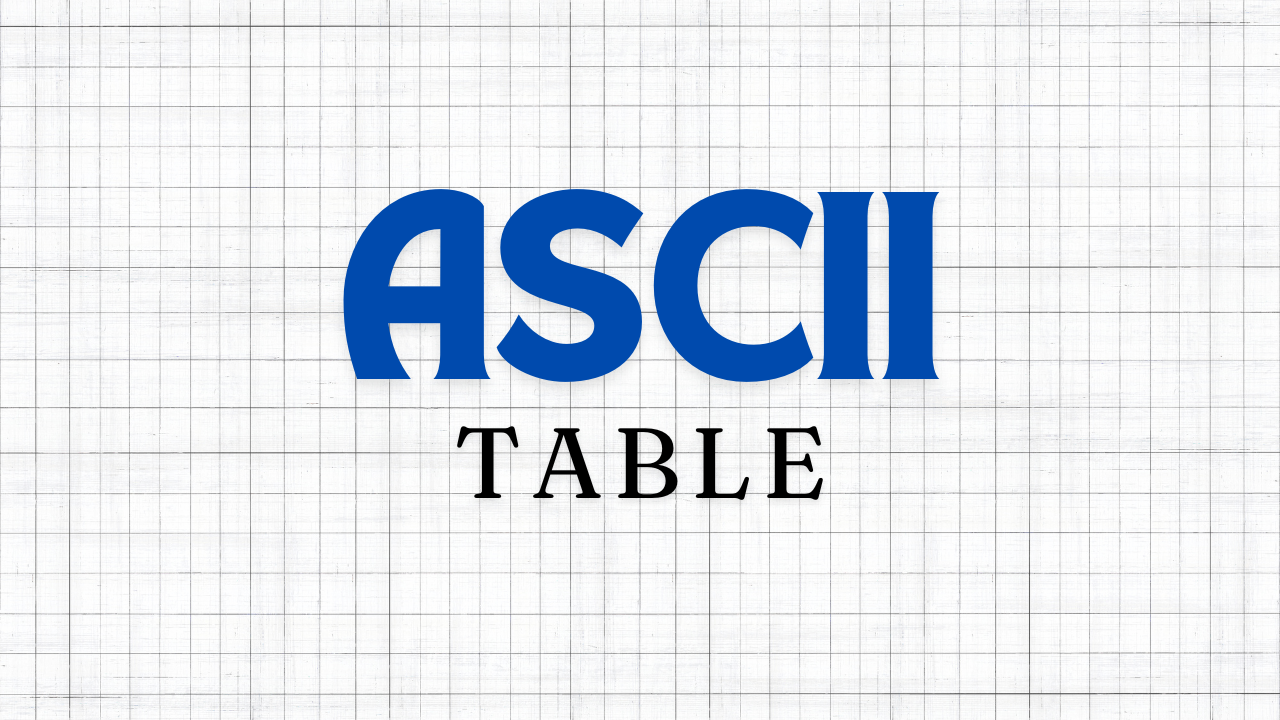Base64 is a way to change binary data into a text format that can be easily shared or stored. This is useful because some systems only handle text, not raw binary data. For example, Base64 is often used to include images in web pages or send data in emails.
Base64 uses 64 characters (uppercase A-Z, lowercase a-z, digits 0-9, and symbols '+' and '/') to represent binary data. This table shows how numbers, their binary forms, and Base64 characters match up.
Uppercase Letters (A-Z)
| Decimal Value | Binary Representation | Base64 Character |
|---|---|---|
| 0 | 000000 | A |
| 1 | 000001 | B |
| 2 | 000010 | C |
| 3 | 000011 | D |
| 4 | 000100 | E |
| 5 | 000101 | F |
| 6 | 000110 | G |
| 7 | 000111 | H |
| 8 | 001000 | I |
| 9 | 001001 | J |
| 10 | 001010 | K |
| 11 | 001011 | L |
| 12 | 001100 | M |
| 13 | 001101 | N |
| 14 | 001110 | O |
| 15 | 001111 | P |
| 16 | 010000 | Q |
| 17 | 010001 | R |
| 18 | 010010 | S |
| 19 | 010011 | T |
| 20 | 010100 | U |
| 21 | 010101 | V |
| 22 | 010110 | W |
| 23 | 010111 | X |
| 24 | 011000 | Y |
| 25 | 011001 | Z |
Lowercase Letters (a-z)
| Decimal Value | Binary Representation | Base64 Character |
|---|---|---|
| 26 | 011000 | a |
| 27 | 011001 | b |
| 28 | 011010 | c |
| 29 | 011011 | d |
| 30 | 011100 | e |
| 31 | 011101 | f |
| 32 | 011110 | g |
| 33 | 011111 | h |
| 34 | 100000 | i |
| 35 | 100001 | j |
| 36 | 100010 | k |
| 37 | 100011 | l |
| 38 | 100100 | m |
| 39 | 100101 | n |
| 40 | 100110 | o |
| 41 | 100111 | p |
| 42 | 101000 | q |
| 43 | 101001 | r |
| 44 | 101010 | s |
| 45 | 101011 | t |
| 46 | 101100 | u |
| 47 | 101101 | v |
| 48 | 101110 | w |
| 49 | 101111 | x |
| 50 | 110000 | y |
| 51 | 110001 | z |
Digits (0-9)
| Decimal Value | Binary Representation | Base64 Character |
|---|---|---|
| 52 | 110100 | 0 |
| 53 | 110101 | 1 |
| 54 | 110110 | 2 |
| 55 | 110111 | 3 |
| 56 | 111000 | 4 |
| 57 | 111001 | 5 |
| 58 | 111010 | 6 |
| 59 | 111011 | 7 |
| 60 | 111100 | 8 |
| 61 | 111101 | 9 |
Special Characters
| Decimal Value | Binary Representation | Base64 Character |
|---|---|---|
| 62 | 111110 | + |
| 63 | 111111 | / |
This table helps illustrate the mapping between decimal values and their Base64 encoded equivalents.



